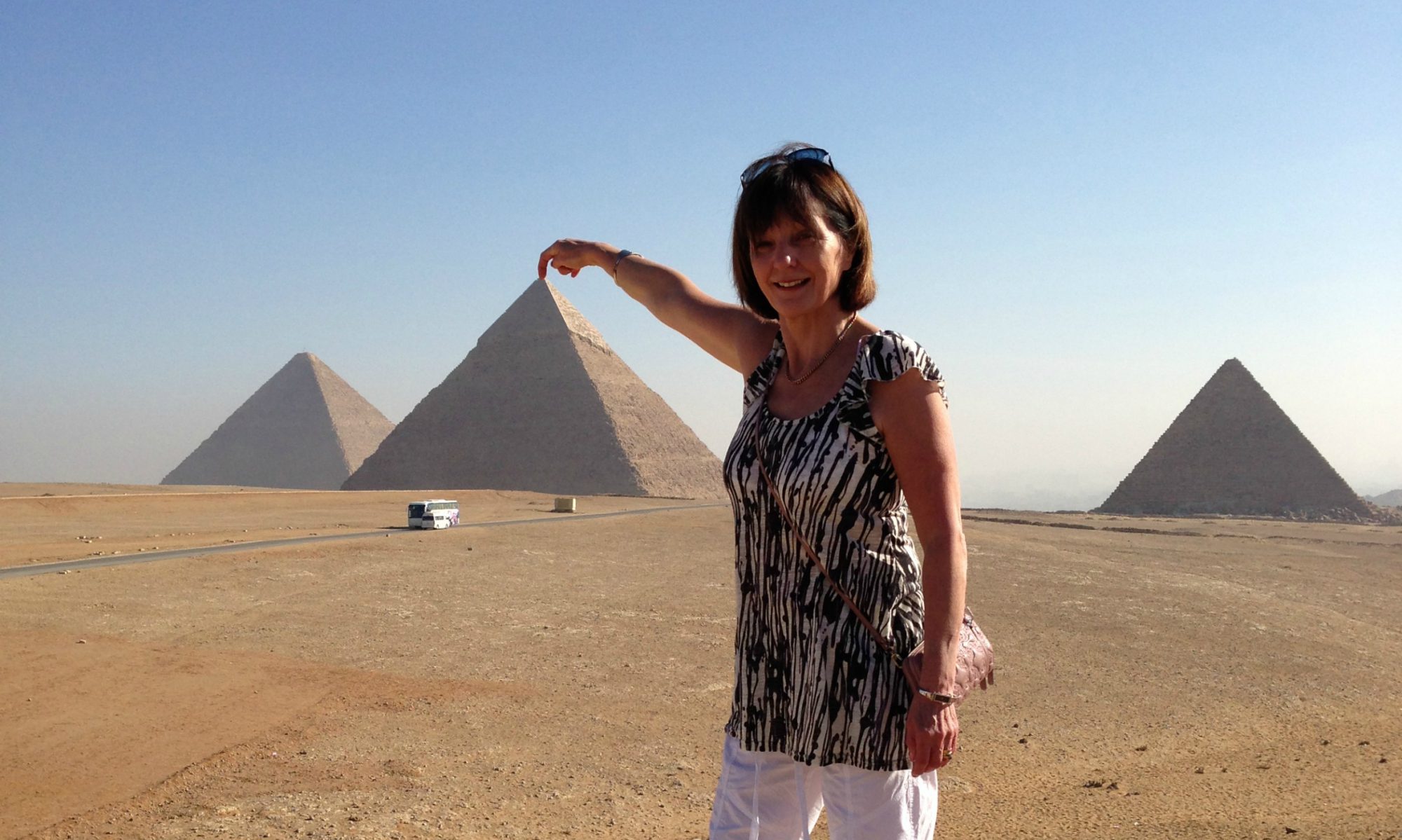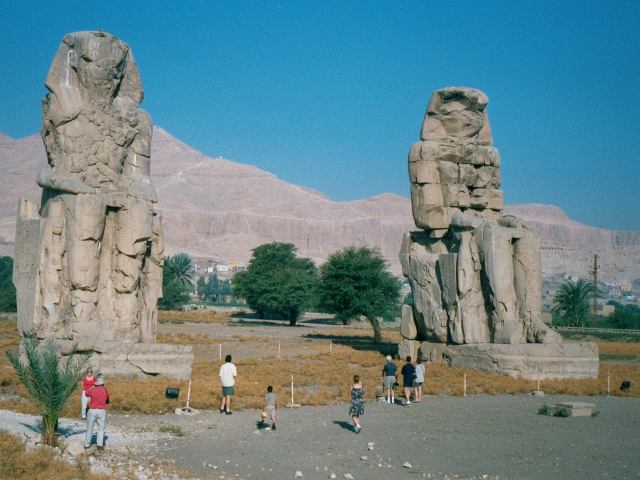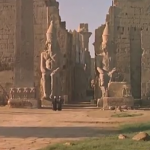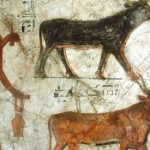Cruising The Nile
I found this wonderful vintage Pathe film about cruising The Nile on Facebook today and thought it would be of interest to anyone hoping to cruise the nile in the future or as a lovely reminder for thos who have already made this magical journey. Towards the end it describes the amazing plans behind moving the temples on Lake Nasser. It will give you a real insight on the scale of hat they planned. If you take the optional excursion to Abu Simbel you’ll see just what they actually achieved…If you choose the HD option you will get a better visual experience):
Various shots of a steamer sailing up the Nile with tourists looking out at palm trees.
We see the temples at Luxor and Thebes including a statue of sun-god Amun-Re. Then we see people sunbathing on the steamer.
We see more of Egypt including the temple at Edfu, statue of Horus the Hawk and Felukka boat on the water. There are various shots of the big statues and columns at Kom-Ombo.
Shots of Nubia and the temple and sphinxes at Wadi El Sibua which are to be moved before the Aswan dam is built. We see the temple at Abu Simbel and the statue of Rameses and Queen Nefartari. To save it the plan is to cut it loose from the rock face and put it on concrete slabs. Various shots of the statues and two men looking at some plans.
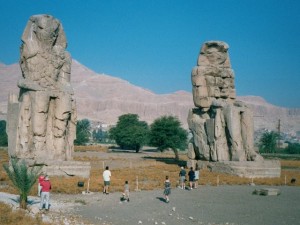
To find our latest Nile Cruise prices please visit our Nile Cruise Bargains page.
Luxor was the ancient city of Thebes, the great capital of (Upper) Egypt during the New Kingdom, and the glorious city of Amun, later to become the god Amun-Ra. The city was regarded in the Ancient Egyptian texts as wꜣs.t (approximate pronunciation: “Waset”), which meant “city of the sceptre”, and also as tꜣ ı͗pꜣt (conventionally pronounced as “ta ipet” and meaning “the shrine”) and then, in a later period, the Greeks called it Thebai and the Romans after them Thebae.
Thebes was also known as “the city of the 100 gates”, sometimes being called “southern Heliopolis” (‘Iunu-shemaa’ in Ancient Egyptian), to distinguish it from the city of Iunu or Heliopolis, the main place of worship for the god Ra in the north. It was also often referred to as niw.t, which simply means “city”, and was one of only three cities in Egypt for which this noun was used (the other two were Memphis and Heliopolis); it was also called niw.t rst, “southern city”, as the southernmost of them.
The importance of the city started as early as the 11th Dynasty, when the town grew into a thriving city.[9] Montuhotep II who united Egypt after the troubles of the first intermediate period brought stability to the lands as the city grew in stature. The Pharaohs of the New Kingdom in their expeditions to Kush, in today’s northern Sudan, and to the lands of Canaan, Phoenicia and Syria saw the city accumulate great wealth and rose to prominence, even on a world scale.
Thebes played a major role in expelling the invading forces of the Hyksos from Upper Egypt, and from the time of the 18th Dynasty to the 20th Dynasty, the city had risen as the political, religious and military capital of Ancient Egypt.
The city attracted peoples such as the Babylonians, the Mitanni, the Hittites of Anatolia (modern-day Turkey), the Canaanites of Ugarit, the Phoenicians of Byblos and Tyre, the Minoans from the island of Crete.[9] A Hittite prince from Anatolia even came to marry with the widow of Tutankhamun, Ankhesenamun.[9] The political and military importance of the city, however, faded during the Late Period, with Thebes being replaced as political capital by several cities in Northern Egypt, such as Bubastis, Sais and finally Alexandria.
However, as the city of the god Amun-Ra, Thebes remained the religious capital of Egypt until the Greek period.[9] The main god of the city was Amun, who was worshipped together with his wife, the Goddess Mut, and their son Khonsu, the God of the moon. With the rise of Thebes as the foremost city of Egypt, the local god Amon rose in importance as well and became linked to the sun god Ra, thus creating the new ‘king of gods’ Amon-Ra. His great temple, at Karnak just north of Thebes, was the most important temple of Egypt right until the end of antiquity.
Later, the city was attacked by Assyrian emperor Assurbanipal who installed the Libyan prince on the throne, Psamtik I.[9] The city of Thebes was in ruins and fell in significance. However, Alexander the Great did arrive at the temple of Amun, where the statue of the god was transferred from Karnak during the Opet Festival, the great religious feast.
Thebes remained a site of spirituality up to the Christian era, and attracted numerous Christian monks in the Roman Empire who established monasteries amidst several ancient monuments including the temple of Hatshepsut, now called Deir el-Bahri (“the northern monastery”).[9]
